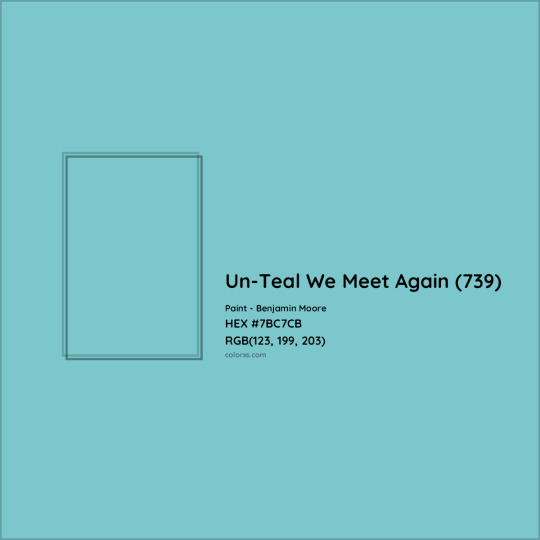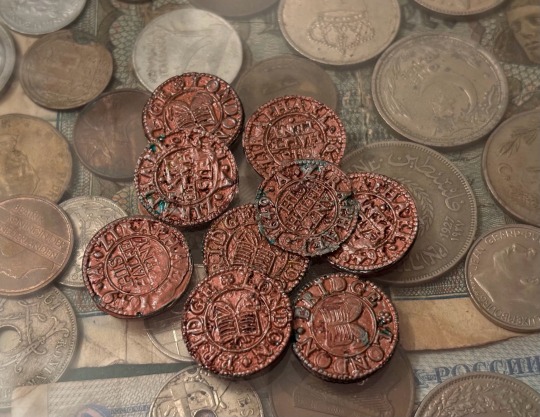#That nice Mister A. Ziraphale who ran the bookshop two doors along
Explore tagged Tumblr posts
Text
After a brief but necessary interlude, we’re back to clowning about the ongoing Good Omens production, this time in a slightly more analytic fashion. Appropriate level of discretion is even more advisable — due to the obvious sensitivity of this material, please tag it accordingly and share only with the fans consenting to know potential spoilers.

The Teal Bookshop (and yes, I’m trying to be clever here — the walls of Till’s Bookshop in Edinburgh are painted in a dangerously similar shade to Teal We Meet Again) is not a modernised or parallel-dimension iteration of the A. Z. Fell and Co. Building, but an entirely separate establishment located in a short distance from it.


How do we know it? The sheer fact that the crew decided to film it on location instead of redressing the Soho set is certainly a clue, but it’s not all. The street signs used for the filming on Monday were labelled as Nannette Street and Oldburgh Street, belonging to the City of Westminster Borough (W1) in London. Of course, neither actually exists on the map, but just like Whickber Street is an in-universe equivalent of real-life Berwick Street, these two must also have their respective identities.
Option one: Nannette Street is an in-universe equivalent of Winnett Street.
In this scenario, the Teal Bookshop’s suggested location in real-life London could become 77 Wardour Street (remember how God likes Her sevens!), which happens to be the address of the Duke of Wellington, a similarly painted, spacious, two-storey Soho gay bar.


Photos courtesy of @rhosmeinir (left) and Nadia M via Google Maps (right).
This would make some sense orientation-wise: across the street from the bookshop set we could spot an entrance to the local park and a small park booth marked as “Soho Coffee”, whereas a London passersby would face St Anne's Churchyard, also known as St Anne's Gardens, a public park on Wardour Street.


Everyone focused on Aziraphale and his hair, but the coffee stand behind him clearly shows where we are in this scene! Courtesy of alphaleym on Twitter.
The whole original church was left burned out on the night of 24 September 1940 during the Blitz, apart from the tower, which was left derelict. The remains of the eastern wall, the only significant parts left standing, were demolished thirteen years later, the site deconsecrated and prepared for sale, and the parish amalgamated with its neighbours. The religious complex standing in the same place nowadays was opened only in 1991.
Option two: Nannette Street is an in-universe equivalent of Manette Street in Soho, named after a character from Dickens’ A Tale of Two Cities. You know, the book that Aziraphale was actively selling in the 1859 scene cut from S1 and known nowadays as the “street urchin scene”.
Manette Street is a small thoroughfare that connects Charing Cross Road to Greek Street. Established in the 1690s, a bit after Aziraphale bought land in the area, it was originally called Rose Street before being renamed after Dr Manette, a character from Charles Dickens’ A Tale of Two Cities who is described in the novel as living on a quiet street corner “not far from Soho Square” and spent eighteen years in secret as a prisoner in the Bastille prior to the French Revolution.


The Hercules Pillars, bar mentioned by Dickens in his 1859 novel, and a façade of the temporarily closed Simmons bar at 7 Greek Street with a visible entrance to Manette Street as the covered walkway on the left. (Photos via MyLondon and Campaign for Real Ale.)
Now, this street has some historical significance concerning anarchist movements in the 19th century. The Rose Street Club, which once occupied premises here, was renowned as a gathering place for radicals from various nations. And these crumbs of context seemingly strengthening my old theories about Aziraphale eventually considering revolution instead of reform in Heaven are not even the most interesting here.
Remember that time when I hyperfixated on Aziraphale’s desk contents enough to decipher a random historical document and proceed to research it further on location in London? And then found an unexpected connection between said document and another one in the bookshop, discovering a possible Aziraphale’s secret investigation?


A historic plate on Greek Street marking the buildings owned by Josiah Wedgwood and his company.
Manette Street branches off Greek Street, Soho, exactly between houses numbered respectively 6 and 7, right next to the epicentre of these theories — Wedgwood’s showrooms located at 12-13 Greek Street with the adjacent area formerly known as Wedgwood Mews, currently James Court. Conveniently, there’s also a public park in the area, Soho Square.
The wind of change for this neighbourhood came with the arrival of Foyles bookstore in 1904. Its owners, brothers William and Gilbert Foyle, rebuilt the southside of Manette Street to expand the bookstore in 1916 and again in 1929. In the result, it was listed in the Guinness Book of Records as the world's largest bookshop in terms of shelf length, at 30 miles (48 km), and of the number of titles on display.

Foyles Bookshop, corner of Manette Street and Charing Cross Road as seen from the latter, London, 5 November 1955.
Foyles moved out the shop to its new home further down the road in June 2014, and the family company itself was soon sold to Waterstones. As part of a large redevelopment, the whole site was cleared, and a new and quite distinctive office block was created — and in doing so, also the new courtyard and alleyway, which design are somewhat reminiscent of the yet undiscovered parts of the S2 Soho set behind the Dirty Donkey.
Assuming that we know where we are at this point, let’s move on to the next question: what can Aziraphale and Crowley be doing here? Looking for a specific book, perhaps? Like the one Crowley appears to be transporting in some of the BTS shots? Let me know what you think, just remember to hide your spoilers!
#good omens#good omens finale#good omens 3#good omens s3#go3 speculation#go3 spoilers#good omens spoilers#good omens speculation#good omens meta#seriously don’t read it if you want to avoid spoilers#i’m dead serious about this#yuri is doing her thing#channeling detective aziraphale#that nice mister a. ziraphale who ran the bookshop two doors along#josiah wedgwood and john gibson and the line that connects them#teal we meet again#edinburgh#soho
160 notes
·
View notes
Text

It took some searching, but I finally unearthed the trade tokens from my old shop on the bridge. Rather the worse for wear, but still legible!
The lack of small denomination coins at that time made everyday purchases difficult. Traders took it upon themselves to issue farthing (a quarter of a penny) and half-penny tokens to fill the gap.
Shops could give these tokens as change, and would accept other traders’ tokens. Thus, for example, Mister Finch of ‘The Dog’s Head’ might come to me with twenty-four of my half-penny tokens, and redeem them for a shilling.
The practice survived for some several decades until, in 1672, a proclamation was issued by Charles II that copper farthings and halfpence stamped at the Mint would be the only permitted coinage, and the issuing of private tokens largely ceased.
You might be interested to know that the discussion of minting /legal/ small coinage was discussed by the Commonwealth Government — as beneficial to the poor — as early as 1651. Despite this, nothing was done about it. For almost thirty years.
Isn’t history interesting?
#hashytag good omens#established in 1644#That nice Mister A. Ziraphale who ran the bookshop two doors along#life before Soho#Mister Finch was a hosier#so I’m not entirely sure of the significance of a dog’s head to his trade#still he did a lovely trade in clocked silk stockings
91 notes
·
View notes